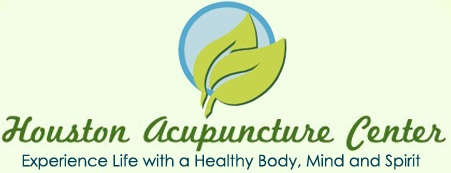Frequently Asked Questions
What is acupuncture?
Acupuncture is a form of therapy that promotes natural healing of the body. The science and art of acupuncture involves insertion of needles into specific points along the meridians of the body. Acupuncture forms a branch of Traditional Chinese Medicine, which originated in China over 5000 years ago. It is safe, painless and effective way to treat a wide variety of medical problems.
How does acupuncture work?
In the TCM( Traditional Chinese Medicine) system of medicine, the body is seen as a delicate balance of two opposing and inseparable forces: yin and yang. Yin represents the cold, slow, or passive principle, while yang represents the hot, excited, or active principle.
TCM looks at the human body like it is a highly complex electrical circuit. Like any electrical circuit it must be kept in good working order if it is to function effectively, and if the circuit breaks down the result is illness. Among the major assumptions in TCM are that health is achieved by maintaining the body in a “balanced state” and that disease is due to an internal imbalance of yin and yang. This imbalance leads to blockage in the flow of qi (pronounced “chee”, meaning vital energy) along pathways known as meridians. The acupuncture points provide gateways to influence, redirect, increase, or decrease body’s vital substances, qi (energy) & blood, thus correcting many of the body’s imbalances.
What will the acupuncturist do?
During the initial exam a full health history will be taken. Questions will be asked regarding symptoms, health and lifestyle. Our acupuncturist will check pulse and the shape, coating and color of your tongue. She may also look at your skin, nails, hair, ears and other physical aspects to make a complete and accurate diagnosis. She will know where the Qi has become blocked or imbalanced. After the interview process you will lie down on a padded examining table, and the acupuncturist will insert the needles, twirling or gently jiggling each as it goes in. You may not feel the needles at all, or you may feel a twitch or a quick twinge of pain that disappears when the needle is completely inserted. Once the needles are all in place, you rest for 15 – 60 minutes. During this time, you’ll probably feel relaxed and sleepy and may even doze off. At the end of the session, the acupuncturist quickly and painlessly removes the needles.
How many treatments will I need?
The number of treatments will vary from person to person. Some people experience immediate relief; others may take months or even years to achieve results. Chronic conditions usually take longer to resolve than acute ones.
DO I HAVE TO BELIEVE IN ACUPUNCTURE FOR IT TO WORK?
No. Acupuncture is used successfully on cats, dogs, horses and other animals. These animal patients do not understand or believe in the process that helps them get better. A positive attitude toward wellness may reinforce the effects of the treatment received, just as a negative attitude may hinder the effects of acupuncture or any other treatment. A neutral attitude (“I don’t know if I really believe in this.”) will not block the treatment results.
What conditions are commonly treated with Acupuncture?
The most common ailments presented to an acupuncturist tend to be pain related conditions. For example; arthritis, back, neck, knee and shoulder pain, carpal tunnel syndrome and sciatica.
Even though we can treat a variety of disorders we specialize in stress, anxiety, depression, fertility, female issues and children.
In an official report, Acupuncture: Review and Analysis of Reports on Controlled Clinical Trials, the WHO (WHO) has listed the following symptoms, diseases and conditions that have been shown through controlled trials to be treated effectively by acupuncture:
- low back pain
- neck pain
- sciatica
- tennis elbow
- knee pain
- periarthritis of the shoulder
- sprains
- facial pain (including craniomandibular disorders)
- headache
- dental pain
- tempromandibular (TMJ) dysfunction
- rheumatoid arthritis
- induction of labor
- correction of malposition of fetus (breech presentation)
- morning sickness
- nausea and vomiting
- postoperative pain
- stroke
- essential hypertension
- primary hypotension
- renal colic
- leucopenia
- adverse reactions to radiation or chemotherapy
- allergic rhinitis, including hay fever
- biliary colic
- depression (including depressive neurosis and depression following stroke)
- acute bacillary dysentery
- primary dysmenorrhea
- acute epigastralgia
- peptic ulcer
- acute and chronic gastritis

